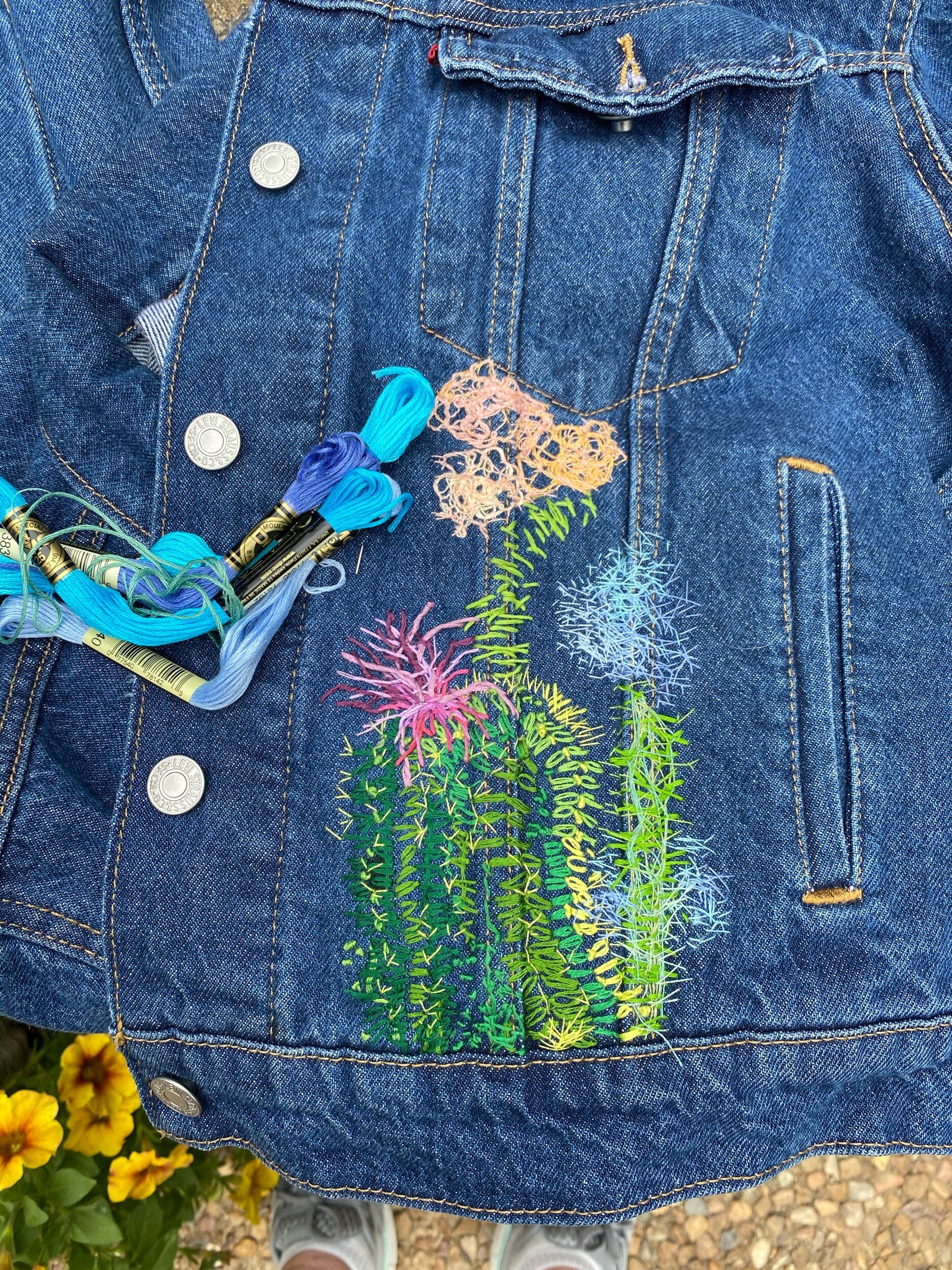As life happens, the lens we see through shifts. The lens I interpret this work through has adapted to current events.
As a result, I am updating my artist statement.
The Shadow of the Texas Rangers - late 1920's, The Texas Rangers in Fabens, Texas (a suburb of El Paso). During prohibition, the Texas Rangers traveled to the Texas/Mexico border, to deter the smuggling of illegally distilled alcohol. While on the border, they boarded in my grandparent's home; they became family friends. My reference photo for these drawings of the Rangers hung in my Grandparent’s home. As a child in the 60’s the photo always intrigued me. I was in awe of the well-heeled, respected law officials confidently posed in front of the rugged mountain and their curiously shaped shadows. I wondered why Granny Gene had a photo of the mythical cowboys and their rifles.
My father did not remember much about the Rangers; ironically, he did remember having a house full of thirsty Texas Rangers and accompanying his father to the edge of the Rio Grande River. His father would leave cash under a rock, the next day a bootlegger from Mexico would wade across the river on a mule, retrieve the compensation and place bottles of booze in the hole under the rock. This is when the term ”mule” surfaced.
The proud history of the Texas Rangers I grew up with has suffered from stories of abuses of power. In the historical photo, the overpowering southwestern sun reveals the dark shadows that tarnish the Rangers’ reputations.
Looking at this image today, through the experiences of 2020, the focus rests heavily on the dark shadows in law enforcement. Unfortunately, the deplorable actions of a few can ruin the reputation of a group. In this drawing, there is a balance of light and dark. It is important to remember history as it was experienced by the people living at the time but it is also important not to turn a blind eye to the dark side of our history. Finding this balance is where we are in 2020. It is time that we hold law enforcement to higher standards and that they find ways to police their own.
There is more good than bad. If you look for it, you will find it. The only reliable way to instill change is to lead by example and to recognize and celebrate those who are doing it right.












































































